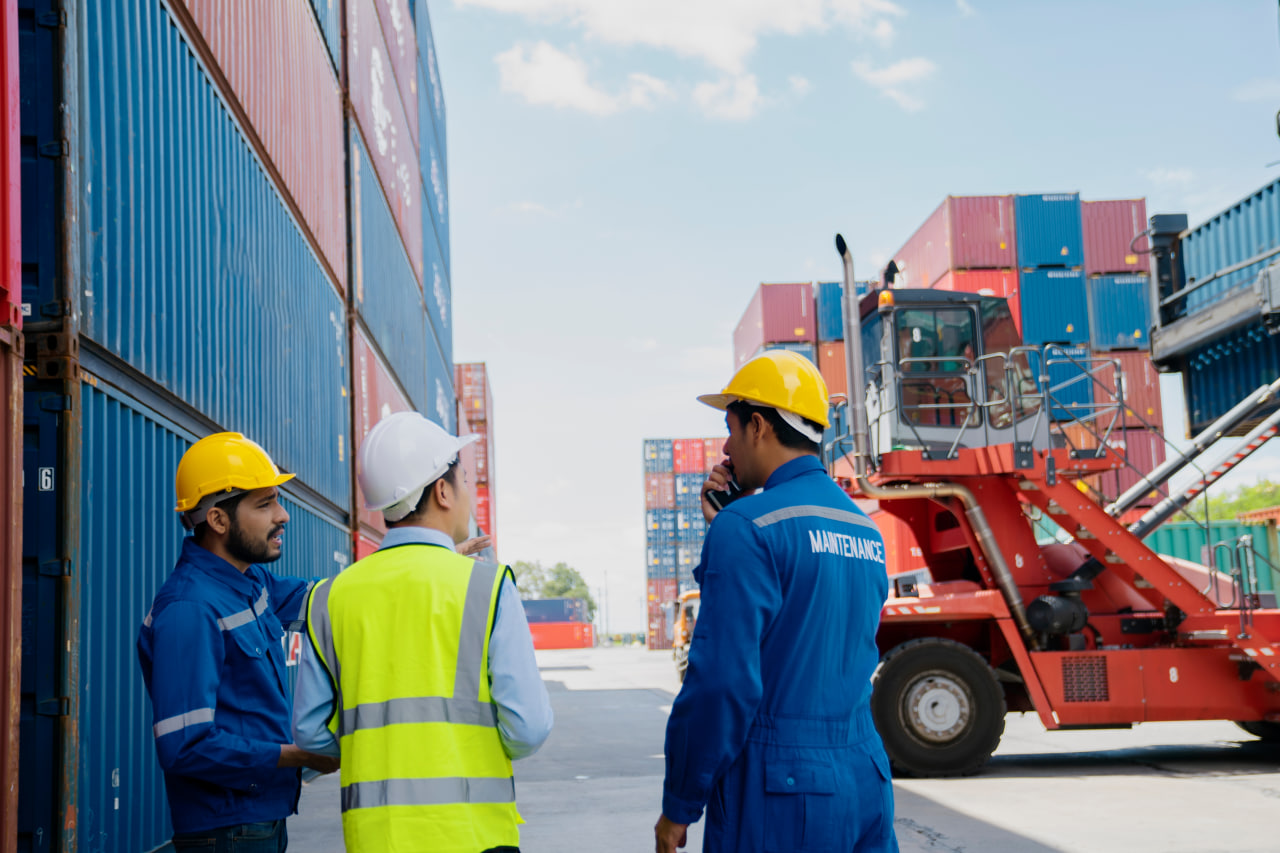Introduction
Navigating Iran’s customs procedures is often cited as one of the biggest export/import challenges: bureaucratic delays, paperwork, unpredictable inspections, and logistical bottlenecks. But with recent reforms and digital tools, businesses now have access to smart solutions that can drastically reduce time, cost, and stress.
This guide explains the current landscape of customs clearance in Iran, highlights common pain points, and offers actionable strategies to turn those into efficient, reliable processes—so you can focus on growing your trade.
1. Understanding Iran’s Customs Structure
Iranian customs is centralized under the Iranian Customs Administration (IRICA), overseen by the Ministry of Economy. Key divisions include:
Cargo Unit: manages cargo classification, control, and release.
Valuation Unit: sets customs value based on HS codes and reference prices.
Technical & Inspection Unit: implements product testing, permits, and sanctions checks.
In recent years, reforms like digital tracking systems and electronic declarations aim to streamline procedures, but resistance to full adoption remains among smaller operators.
2. Common Clearance Challenges
❌ 1. Complex Documentation
Imports and exports require:
Commercial invoice
Bill of lading/Airway bill
Packing list
Certificate of origin
Valid permits (e.g., food, pharma, industrial metals)
Missing any document can cause customs holds or even cargo seizure.
❌ 2. Manual & Subjective Inspections
Even with electronic systems active, many cargo checks are still physical, resulting in days of delay.
❌ 3. Value Discrepancies
Customs often use their own valuation lists—leading to under-declarations triggering fines or hold-ups.
❌ 4. Clearance Delays
Time to release cargo ranges from 3 to 14 business days—or longer if product-specific permits are involved.
❌ 5. Sanctions & Restricted Goods
Items like tech hardware, chemicals, and dual-use goods must navigate both customs and sanction controls, escalating complexity.
3. Smart Solutions to Simplify Customs Clearance
✅ A. Use Electronic Declaration (SABER System)
Iran has a progressive electronic customs portal (SABER) for submitting HS codes, invoices, and permits.
👉 Tip: Work with registered customs brokers who can pre-clear cargo and schedule inspections remotely.
✅ B. Pre-Clearance Planning
Prepare documents in advance, get necessary health/quality permits from relevant ministries.
Arrange pre-inspection from private inspection firms to minimize physical checks at port authority.
✅ C. Engage Accredited Customs Consultants
Certified customs brokers (e.g., IRICA-registered) understand HS codes, valuation thresholds, and release mechanics.
They also maintain trusted status with inspectors, leading to quicker outcomes.
✅ D. Use Authorized Economic Operator (AEO) Programs
Though still developing, the AEO program rewards compliant exporters/importers with fast-track processing, reduced audits, and priority inspections.
👉 Tip: Partner with AEO-certified shipping companies to leverage their status.
✅ E. Digitize Your Supply Chain
Automate documentation (commercial invoices, export declarations) using ERP systems.
Email digital certificates early to allow customs to pre-approve shipments before arrival.
✅ F. Build Relationships with Authorities
Assign a permanent liaison to handle customs correspondence.
Participate in trade events—customs officers often host educational sessions open to trusted business entities.
4. Product-Specific Tips
Food, Pharma, Chemicals: Secure health certificates, GMP certificates, import licenses—submit before shipping.
Machinery, Electronics: Prepare tech specs, power approvals, and dual-use permits.
Textiles, Carpets, Cushions: HS codes frequently updated—monitor monthly customs bulletins.
Staying proactive with document submission saves weeks of potential delays.
5. Logistics & Port-Side Smart Strategies
Choose Efficient Ports:
Bandar Abbas handles most sea cargo with faster unloading.
Bushehr and Khorramshahr serve the Gulf and Iraq; better for regional trade.
Time Your Cargo: Avoid peak Iranian New Year (Nowruz) and Ramadan.
During these periods, customs desks rotate and capacity drops.
Groupage Shipments: Use bonded warehouses for consolidated parcels—reducing inspections and costs.
Use Express Clearance Lines: Some ports offer express lanes for low-risk importers with proper documentation.
6. Sanctions Navigation and Legal Compliance
Check continuously for US or EU sanctions on goods and entities.
Document end-user certificates and legal compliance instructions in your trade contract.
Consider engaging international sanctions advisors to ensure safe banking channels.
7. Case Study: How an Electronics Exporter Sliced 40% Off Crossing Time
A Tehran-based electronics exporter:
Shifted to SABER e-declarations weeks before arrival.
Hired an AEO-approved logistics firm, cutting inspections by 60%.
Pre-arranged tech-spec submissions to the Ministry of Communications, bypassing delays.
Result: Customs clearance dropped from 12 days to under 7 days consistently, saving ~$2,000 per shipment.
8. Roadmap to Smooth Customs Clearance
| Step | Task |
|---|---|
| 0–1 month | Register on SABER; sign agreement with customs broker/pro forwarder |
| 1–2 months | Secure pre-import permits/certificates; test documentation accuracy |
| 2–3 months | Submit pilot cargo; monitor process; refine paperwork and logistics |
| 3+ months | Apply for AEO accreditation; expand to multi-port routes |
| 6+ months | Scale up with bonded storage, digital ledger systems, and staff liaisons |
Conclusion
Customs clearance in Iran has long been a bottleneck—but it doesn’t have to be. By adopting digital systems, working with certified partners, pre-clearing documentation, and integrating with smart logistics, you can streamline import/export operations and save time and money.
As Iran moves toward a more digital and efficient trade framework, exporters and importers who adapt early will hold a long-term competitive advantage.
✅ Need Help Streamlining Your Customs?
We specialize in end‑to‑end customs clearance support, helping you:
Submit accurate e‑declarations via SABER
Handle special permits (pharma, food, tech)
Utilize AEO-authorized channels
Develop bonded warehouse strategies
Stay compliant amid changing sanctions
📩 Contact us now and transform your Iran customs experience from painful to predictable.


